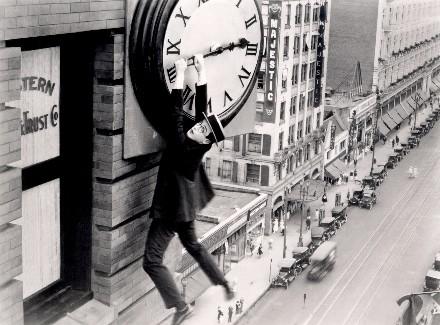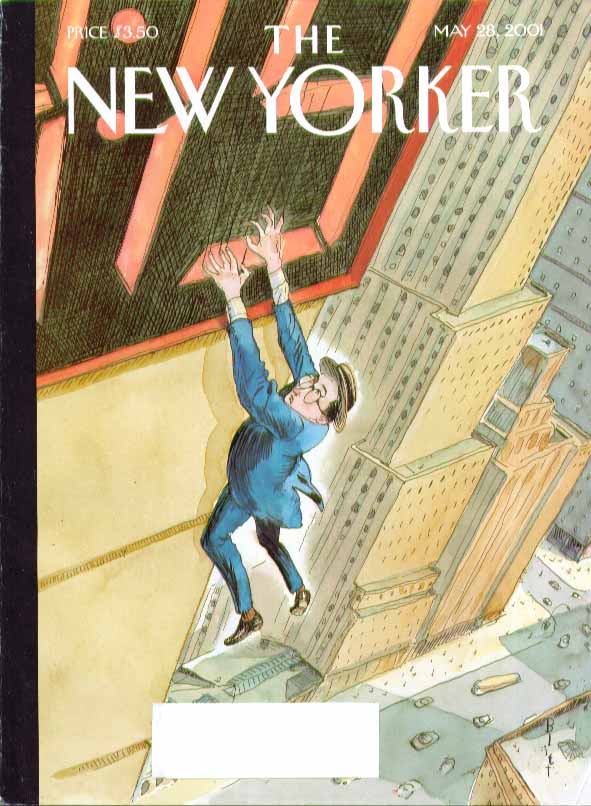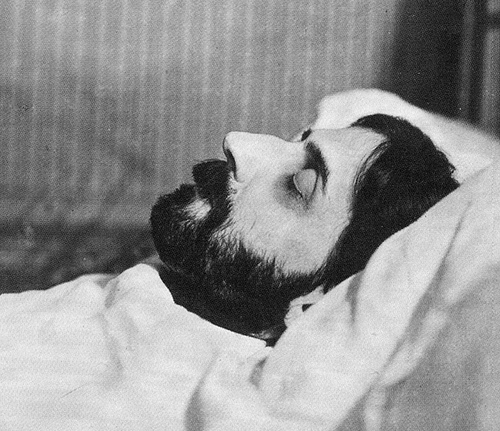A 1946 New Yorker “Talk of the Town” piece by Lillian Ross and Brendan Gill concerned an unusual advancement in early portable technology. An excerpt that shares details about the odd invention as well as the origins of Dick Tracy’s two-way radio wristwatch:
Among the new gadgets presently forthcoming is one that will help solve the telling-time problem for people and make them less dependent on clocks, watches, and the New York Telephone Company. An outfit called Electronic Time, Inc. (no relation to didactic, Yale-spawned you-know-what), intends to set up in business and has asked the Federal Communication Commission for permission to operate a high-frequency station here to broadcast the time every fifteen seconds around the clock (an expression common in the old, pre-electronic days). The broadcasts will be picked up by miniature receiving sets that will fit into a vest pocket or add a mere three ounces to the weight of a lady’s handbag. They will be about half as big as a pack of cigarettes, or approximately the size of a two-way radio Dick Tracy recently found on the wrist of the murdered man. The little sets will pick up only their home stations, which hasn’t been assigned its call letters yet. All this may sound simple enough, but after a brief fill-in by Albert R. Mathias, the head of E.T., Inc., who was a Navy officer in the war, we can assure our readers it isn’t. Mr. Mathias’ invention involves, for example, chokes and high fidelity, matters that must be handled with some delicacy in a family magazine.
Mr. Mathias told us that he was a consulting engineer before the war and liked building his own radio sets, some of which were very efficient. “But I could never get the time on my radio when I wanted it,” he said. “I used to have a couple of watches, but my dog chewed them up. Nothing like that is likely to happen to our little radios, which are made of plastic.”•



